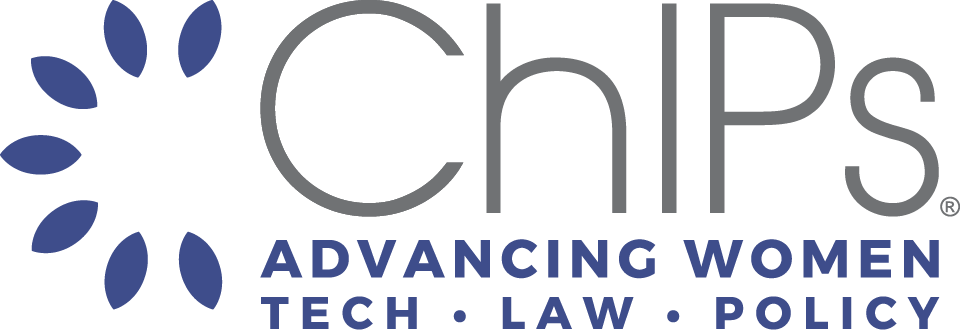During the Reconstruction Era, African Americans achieved progress at unprecedented levels, even by today’s standards, in patenting. In fact, Black and white inventors filed patents at the roughly same rate during Reconstruction until 1900, according to Lisa Cook, Professor of Economics at Michigan State University.¹
Then, Plessy v. Ferguson, the ruling by the Supreme Court allowing a “separate but equal” America, became law. Patents filed by African Americans steadily declined. A major dip occurred in African American patent filings in 1921, coinciding with the Tulsa Race Massacre.²
In her research, Cook found the number of patents lost between 1900 and 1940 due to Jim Crow laws “would be equivalent to that of a medium-sized European country at the time,” or about 1,100 patents. Even today, 1899 remains the peak year for African American patent filings per capita.³
The data is clear; allowing racism to infect and flourish in the United States prevents progress in virtually every space, including intellectual property and patents. This is why ChIPs exists: to promote diversity, equity, and inclusion in a space that has systemically disenfranchised Black inventors and innovators for more than a century.
While it’s important to preface the why of our mission, it’s equally important to highlight progress. In IP Practice groups, diversity in representation is increasing, according to Diversity Lab CEO Caren Ulrich Stacey, according to the latest Inclusion Blueprint. The Inclusion Blueprint is a collaborative project between Diversity Lab and ChIPs that provides a first-of-its-kind tool for law firms to measure inclusion activities at both the leadership and practice group levels to ensure that all lawyers, including historically underrepresented lawyers, have fair and equal access to quality work, influential people, and other opportunities.
In the 2022 Inclusion Blueprint piloted by Diversity Lab and ChIPs, we found that of the 243 participating law firms, 28% have a person of color as chairperson or managing partner.4 In developing equitable and inclusive innovation practices, the USPTO and ChIPs signed a Memorandum of Understanding to advance women inventors and innovators. Of this, ChIPs has launched an Innovation Initiative, sharing resources with inventors and firms to boost innovation. This also includes our Accelerators Series, where firms share how they’ve accomplished success in developing diversity in IP. Through greater representation in practice groups and firms, and through organizing best practices for firms and inventors, ChIPs is taking steps to support and celebrate Black Excellence in IP.





















